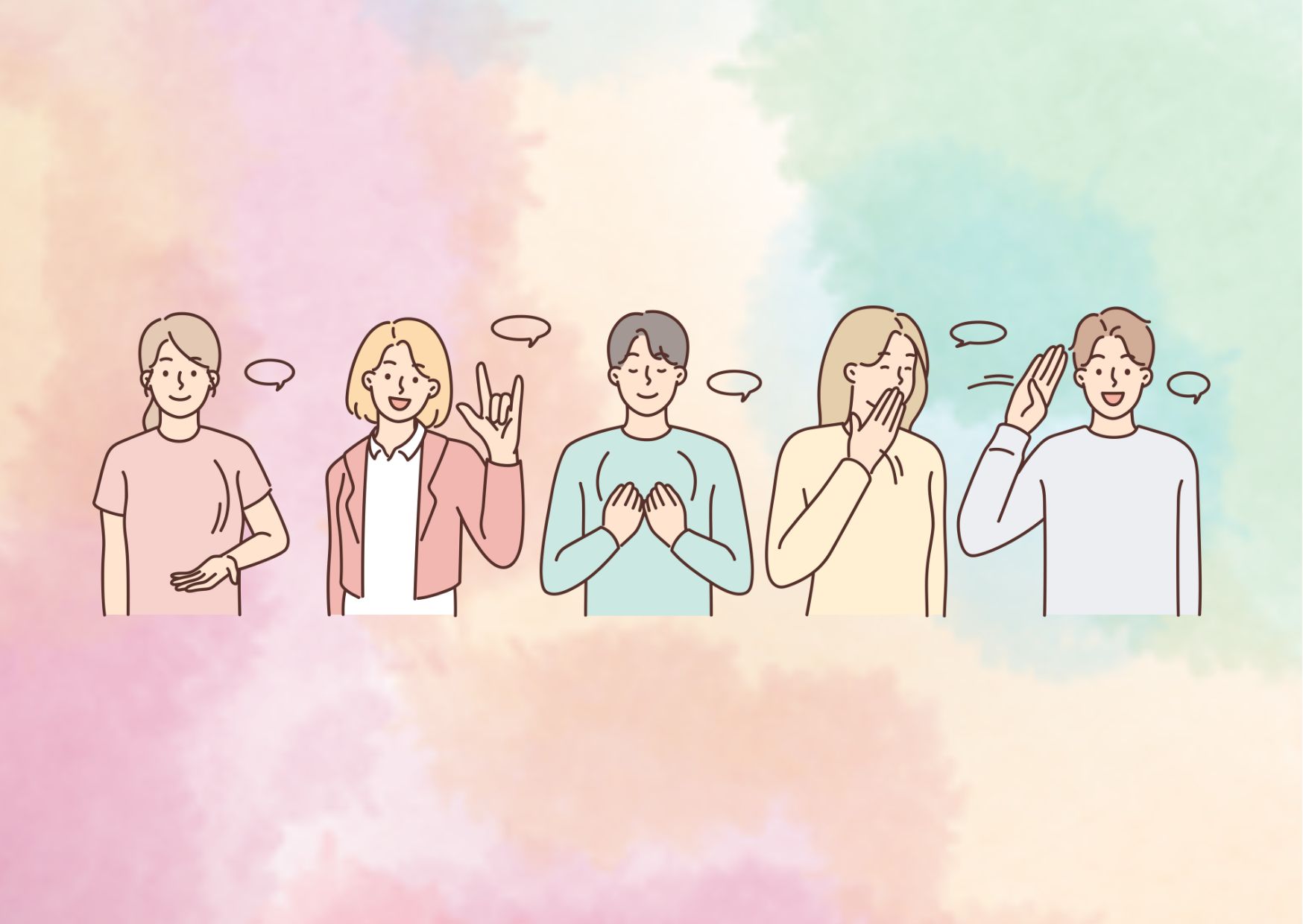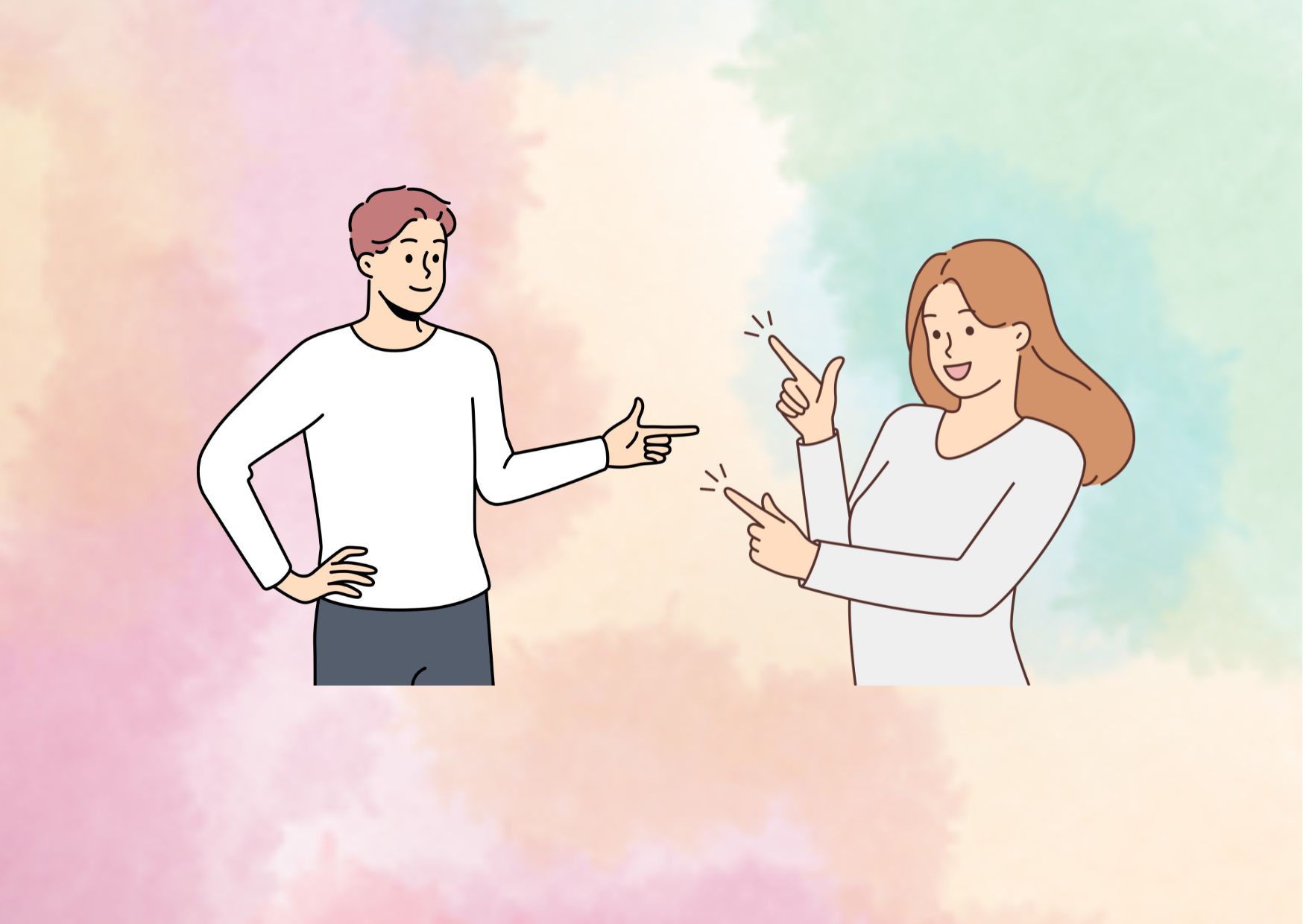Social Cues Simplified: Techniques to Improve Your Social Awareness
In social interactions, subtle cues and signals often convey more meaning than the words being spoken. From facial expressions and body language to tone of voice and personal space, social cues encompass the unspoken behaviors that provide valuable insight into a person’s true feelings and intentions. Recognizing and interpreting social cues correctly is an essential skill for effective communication, mitigating misunderstandings, and fostering deeper connections.
These nonverbal cues, which make up an estimated 60-65% of human communication, can reveal a wealth of information about an individual’s emotional state, level of engagement, and overall attitude. For instance, fidgeting may indicate anxiety or disinterest, while mirroring another person’s body language can signal an attempt to engage. However, factors like personality, culture, and comfort levels can influence how social cues are expressed and perceived. Therefore, developing an understanding of social cues is crucial for building empathy, strengthening relationships, and navigating various social contexts with confidence.
Understanding Social Cues
Social cues are the nonverbal signals that people use to communicate their thoughts, feelings, and intentions. These cues make up a significant portion of human communication, estimated to account for 60-65% of the overall message conveyed. While social cues are generally similar across people, they can be influenced by factors like personality, culture, and comfort levels.
Key Types of Social Cues
- Body Language: This includes posture, body angling, gesturing, mirroring, touching, and fidgeting.
- Facial Expressions: Expressions conveyed through the eyes, eyebrows, and mouth can reveal a range of emotions.
- Vocal Cues: These include inflection, pitch, volume, and emphasis in speech.
- Nonverbal Cues: These encompass proxemics (personal space) and clothing choices.
Conditions Affecting Social Cue Recognition
Some conditions can affect how a person expresses and interprets social cues, leading to potential misunderstandings and challenges in social interactions. These include:
| Condition | Impact on Social Cue Recognition |
| Social Anxiety | Difficulty in reading and responding to social cues, leading to anxiety and avoidance of social situations. |
| ADHD | Challenges in focusing on and interpreting subtle social cues, resulting in missed signals or inappropriate responses. |
| Autism Spectrum Disorder | Struggles with understanding facial expressions, body language, sarcasm, and social hierarchies, leading to difficulties in social interactions. |
Individuals with these conditions may have a desire to interact with others but may lack the intuitive understanding of how to navigate social situations effectively.
Importance of Social Cue Recognition
Understanding social cues is crucial for several reasons:
- Building and maintaining relationships
- Navigating social situations with confidence
- Ensuring effective communication
- Excelling in personal and professional contexts
- Developing empathy and social competence
While some individuals may face challenges in recognizing social cues, with awareness, practice, and patience, anyone can improve their ability to understand and respond to these nonverbal signals, enhancing their overall social experiences and relationships.
Types of Social Cues
Facial Expressions
Facial expressions are among the most obvious and recognizable social cues. They convey a wide range of emotions through subtle movements of the eyes, eyebrows, and mouth. For instance, raised eyebrows and a slight smile can indicate happiness or amusement, while a furrowed brow and downturned mouth may signal frustration or sadness.
Body Language
Body language encompasses a variety of nonverbal cues, including posture, gestures, and physical positioning. The way someone holds their body can communicate their feelings and intentions, often involuntarily. For example, crossed arms can represent a defensive or closed-off stance, while mirroring another person’s body language can suggest an attempt to engage genuinely.
Vocal Cues
Variations in tone, pitch, and volume can significantly alter the meaning of spoken words. A higher-pitched, excited tone may convey enthusiasm or joy, while a lower, more serious register could indicate a grave or solemn topic. Additionally, changes in speech patterns, such as speaking quickly or raising one’s voice, can signal heightened emotions or stress.
Nonverbal Cues
Nonverbal cues encompass a range of subtle signals, including:
- Proxemics: The physical distance between individuals can convey comfort levels, interest, or respect for personal space boundaries.
- Appearance: Clothing choices, grooming, and overall presentation can provide insights into a person’s mood, personality, or cultural background.
- Fidgeting: Behaviors like pen twirling, hair playing, or foot tapping can indicate anxiety, disinterest, or restlessness.
Examples of Social Cues and Their Potential Meanings
| Social Cue | Possible Meaning |
| Fidgeting (e.g., pen twirling, hair playing, foot tapping) | Anxiety or disinterest |
| Crossed arms | Defensive or closed-off stance |
| Mirroring behaviors | Attempt to genuinely engage |
| Slouching or relaxed posture | Tiredness or disengagement |
| Attentive posture | Interest or engagement |
| Higher vocal registers | Excitement or enthusiasm |
| Lower vocal registers | Seriousness or gravity |
It’s important to note that social cues can be influenced by cultural norms, personal preferences, and situational contexts. Developing an understanding of these nuances can enhance one’s ability to interpret social cues accurately and communicate more effectively.
Reading Social Cues
Developing the ability to read social cues effectively is a valuable skill that can enhance communication, build empathy, aid in conflict resolution, and improve overall social competence. Here are some tips and techniques to help you become more adept at recognizing and interpreting social cues:
Paying Attention to Nonverbal Cues
- Body Language: Pay close attention to posture, gestures, and physical positioning. Crossed arms or a slouched posture may indicate discomfort or disinterest, while an open stance and mirroring behaviors can suggest engagement.
- Facial Expressions: Observe the subtleties of facial expressions, as they can convey a wide range of emotions. A furrowed brow may signal frustration, while a slight smile can indicate happiness or amusement.
- Vocal Cues: Listen carefully to tone, pitch, and volume variations. A higher-pitched, excited tone may convey enthusiasm, while a lower, more serious register could signify a grave or solemn topic.
- Proxemics: Be mindful of the physical distance between individuals, as it can convey comfort levels, interest, or respect for personal space boundaries.

